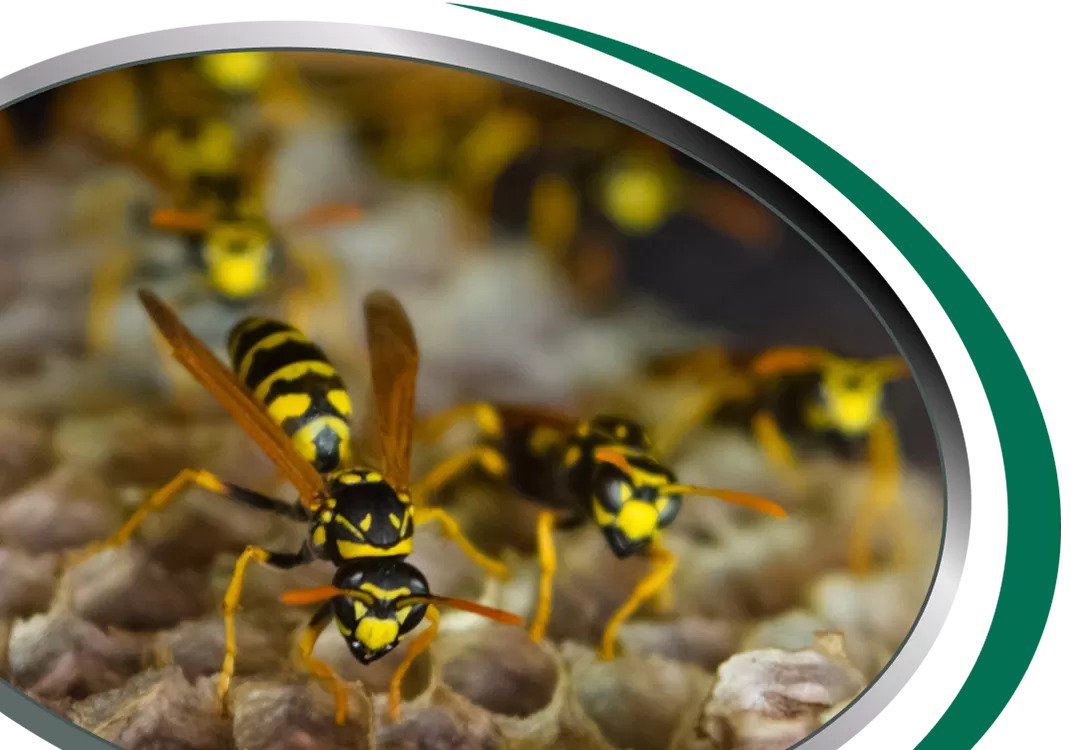we will provide you with expert tips and techniques to safely remove wasp nests from your property. Our tried-and-tested methods will help you eliminate wasp nests while ensuring your safety and minimizing the risk of getting stung. Read on to discover the most efficient strategies for wasp nest removal.
Before we delve into the removal techniques, let's gain a better understanding of wasp nests. Wasps are social insects that construct nests using materials like wood fibers, saliva, and mud.
These nests are typically found in sheltered areas such as eaves, attics, wall voids, trees, or bushes. Identifying the type of wasp nest is crucial for choosing the appropriate removal method. Common types of wasp nests include:
Step 1: Assess the Situation
Before attempting any removal, it's important to assess the size and location of the wasp nest. This evaluation will help you determine whether it's safe to remove the nest yourself or if professional assistance is required. Factors to consider include:
Size of the nest
Accessibility
Proximity to high-traffic areas
Step 2: Protective Measures
Safety should be your top priority during wasp nest removal. Follow these protective measures to minimize the risk of getting stung:
Wear Protective Clothing: Put on long sleeves, long pants, closed-toe shoes, gloves, and a beekeeper's veil or hat with a veil.
Use Protective Equipment: Utilize safety goggles to protect your eyes from flying wasps and a respirator mask to avoid inhaling wasp venom.
Step 3: Select the Removal Method
Choose the appropriate removal method based on the type of wasp nest you're dealing with:
For Paper Wasp Nests:
Wait until dusk or dawn when wasps are less active.
Use a long-handled wasp spray to saturate the nest thoroughly.
Monitor the nest for a few days to ensure all wasps have been eliminated.
For Yellowjacket Nests:
Approach the nest during the nighttime when yellowjackets are less aggressive.
Use a wasp and hornet aerosol spray labeled for ground nests.
Administer the spray into the nest entrance and quickly exit the area.
For Hornet Nests:
Contact a professional pest control service for safe removal, especially if the nest is high above the ground or inaccessible.
Step 4: Post-Removal Cleanup
After successfully removing the wasp nest, it's essential to clean up the area to prevent attracting new wasps. Follow these cleanup steps:
Dispose of the Nest: Place the nest in a sealed bag and dispose of it in an outdoor garbage bin.
Clean the Area: Use soap and water to washthe affected area thoroughly, removing any traces of wasp pheromones that might attract other wasps.

To minimize the chances of future wasp infestations, implement the following preventive measures:
safely removing wasp nests requires careful planning, appropriate protective measures, and the right removal techniques. By following the step-by-step guide we provided, you can effectively eliminate wasp nests from your property while ensuring your safety. Remember to assess the situation, take necessary precautions, and choose the appropriate removal method based on the type of nest you're dealing with.
Additionally, implementing preventive measures can help minimize the chances of future wasp infestations. Stay vigilant and take prompt action to address any wasp-related issues you encounter.